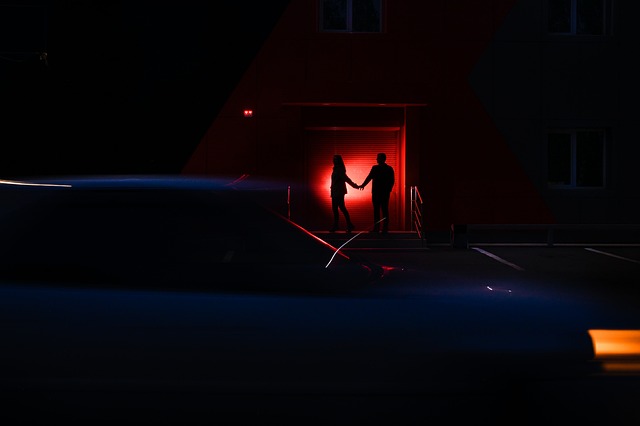Unlocking the Beauty of Backlight
As a photographer, have you ever felt that magic moment when the sun casts a golden hue on your subject, making everything come alive in ways unimaginable? This phenomenon, known as backlight, offers a transformative quality to your photography, allowing you to capture emotions and stories like never before. Understanding the intricacies of backlight can elevate your compositional skills and enhance the overall impact of your images.
Backlighting occurs when the light source, such as the sun or a strong artificial light, is positioned behind your subject. This creates a stunning glow around the edges of your subject, highlighting its contours and adding a sense of depth. The challenge—and beauty—lies in mastering this technique while ensuring your subject remains visible and expressive. With a few tips and tricks, you can turn a standard photograph into an ethereal piece of art.
First and foremost, understand your camera settings. When shooting in backlight, consider adjusting your exposure settings. This may involve underexposing your image slightly to preserve the details in bright areas, thereby ensuring the light doesn’t wash out your subject. Explore the capabilities of your optics; a fast lens can help you work with backlight effectively, allowing for softer focus areas and bokeh that can add a dreamy quality to your compositions.
Next, think about the composition. Positioning is everything. Frame your subject creatively, allowing the backlight to illuminate it without overshadowing the scene. Utilize shadows to your advantage; they can create contrast and draw attention to your subject. Experiment with silhouettes by playing with different angles. A silhouette can evoke strong emotions, making your audience connect deeply with the story behind the image.
Moreover, consider the time of day when shooting in backlight. The golden hour—shortly after sunrise and before sunset—renders the most flattering light, bathing your subject in warmth and depth. Make it a habit to scout locations beforehand, observing how light interacts with your surroundings. Taking time to plan your shots can make a significant difference in achieving impressive backlit images.
Don’t forget to leverage natural elements around you. Incorporating leaves, water, or any translucent material can enhance the backlight effect, casting beautiful patterns and colors in your photographs. These elements can create layers, adding complexity and intrigue to a seemingly simple composition.
As you embark on your journey of mastering backlight, remember that every shot is a learning experience. Experimentation will lead to growth, allowing you to develop your unique style. Engage with your camera, learn the optics that work best for your vision, and capture the enchanting dance of light and shadow. The perfect backlit photograph awaits—embrace the challenge and let your creative impulses guide you!



